Devika AI: An Open Source Alternative to Devin AI
Analytics Vidhya
MARCH 23, 2024
Introduction Meet Devika AI: your new go-to buddy in the world of coding. It’s not your typical run-of-the-mill software; it’s here to shake things up! Picture this: you’ve got an idea, a spark of creativity, but you’re unsure how to translate it into code. That’s where Devika AI swoops in to save the day. You […] The post Devika AI: An Open Source Alternative to Devin AI appeared first on Analytics Vidhya.



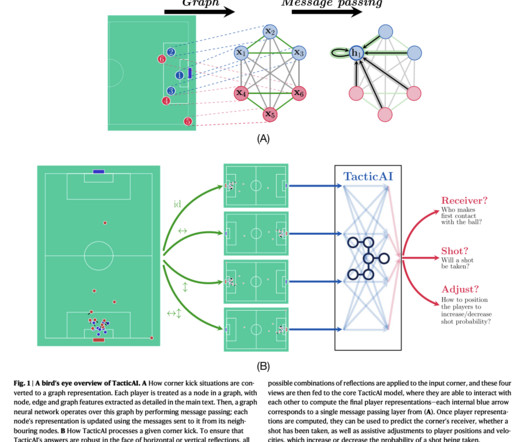

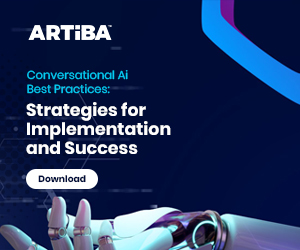




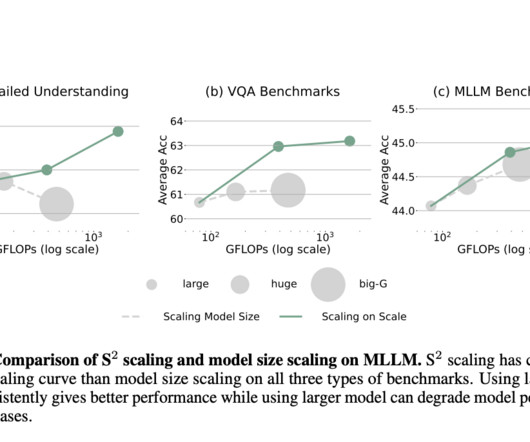
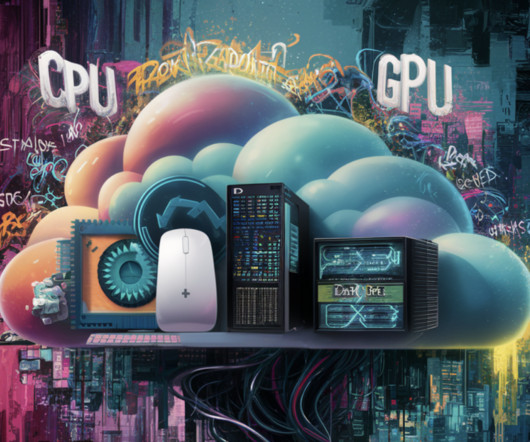


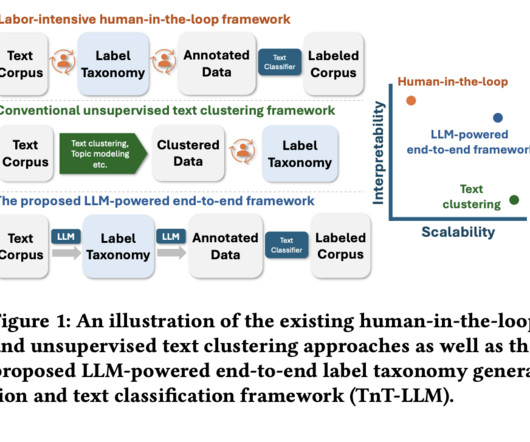
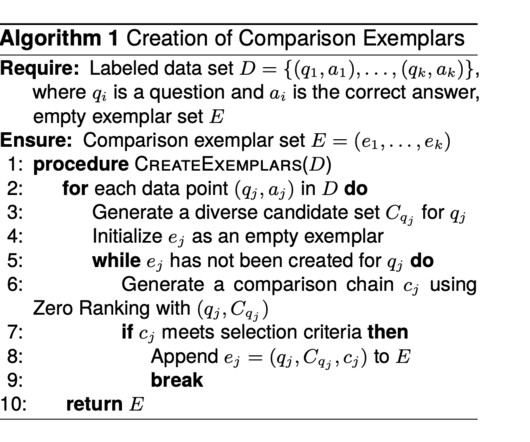
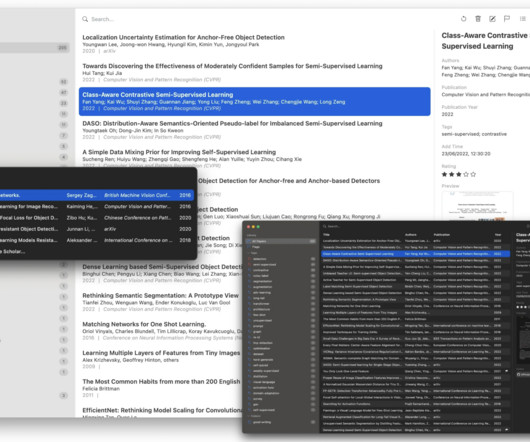




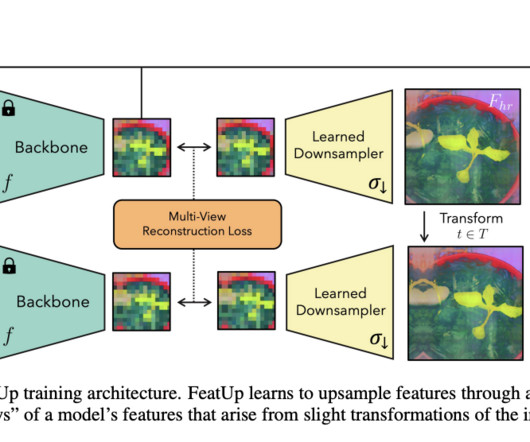
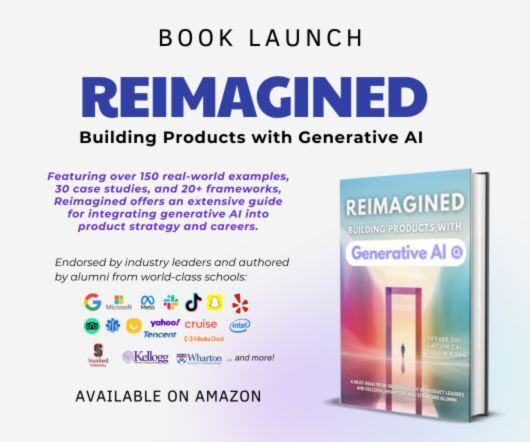






Let's personalize your content